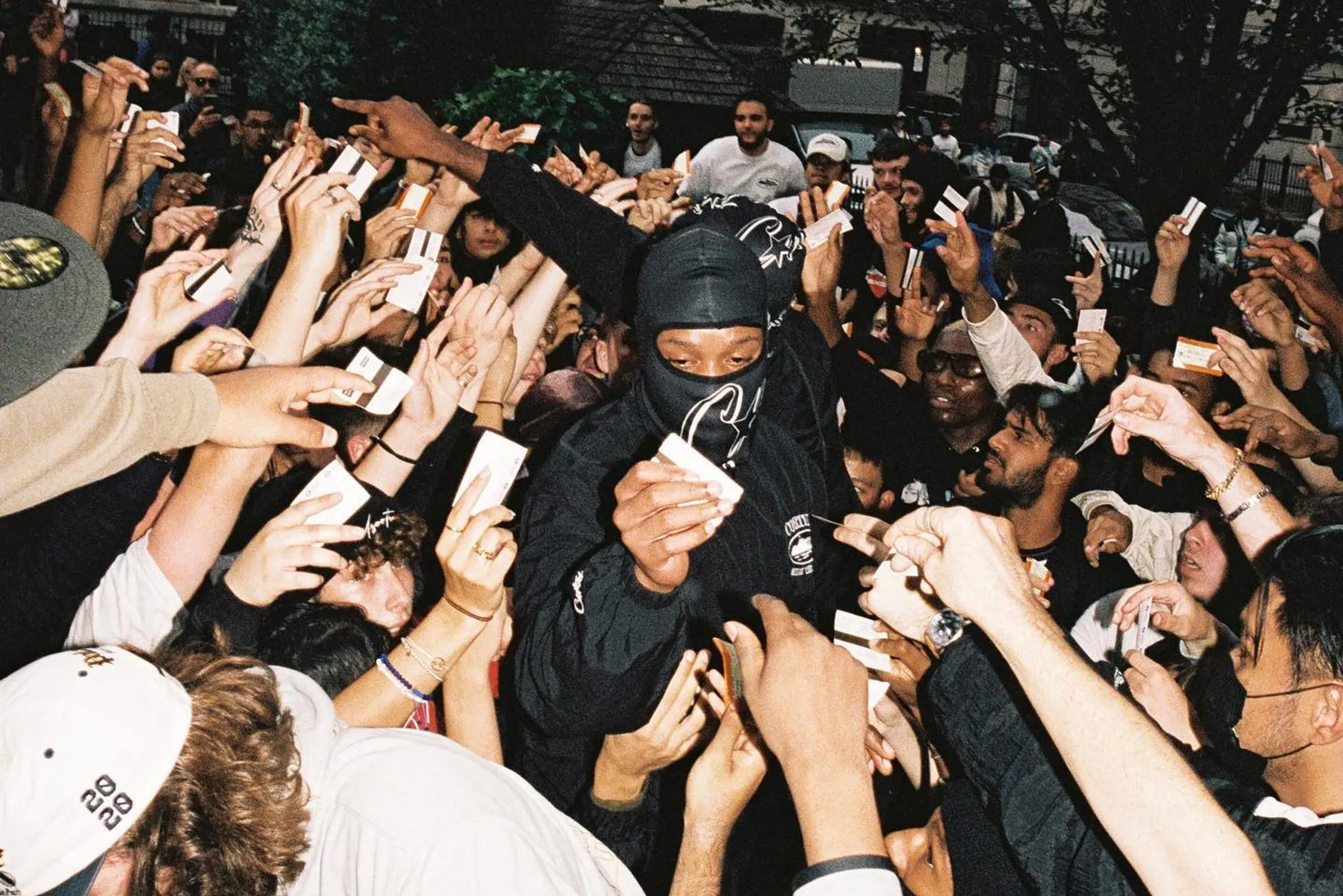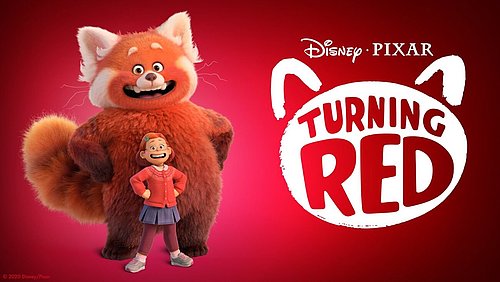
What brands can learn from the new teenage need to belong
Chaos, Cool, and the New Codes of Teenage Belonging

Wot Do U Call It?! How to pronounce Corteiz has been the subject of endless debate — until recently. In a new episode of SNKRS Live, Corteiz founder Clint419 finally set the record straight: it’s not "Cor-tez", and it’s not "Cor-teez". It’s "Cor-tayz." Officially. From the source. Put your money on it.
I’ll admit it — I was one of the ones who got it wrong. And my 17-year-old son, with great delight, wasted no time in correcting me. A classic “cheeky know-it-all mum” moment. But also a reminder: the culture these boys are living in isn’t just different to ours. It’s theirs. We’re lucky if they invite us in to understand it.
Last week, London’s Soho was brought to a standstill by Corteiz’s surprise "Honey Black" pop-up. Hundreds of young people — mostly teenage boys — swarmed the streets, hoping to get their hands on a pair of the limited-edition Corteiz x Nike Air Max 95 "Rules The World" sneakers. The event was so overwhelming that authorities were forced to shut it down early.
To the casual observer, it might have looked like streetwear hype spiralling out of control. But for those paying closer attention to youth culture, it revealed something deeper about today’s teenage boy — and about what brands need to understand to stay relevant.
A New Kind of Beginning
In our work with young audiences, we consistently see that teenage boys today navigate a world that demands both individuality and connection. Corteiz understood this intuitively. The brand didn’t just offer a product—it offered a moment, a story, an experience to be part of.
Being there mattered as much as owning the sneakers. Maybe even more.
In a culture dominated by curated online spaces like Instagram and TikTok, real-world chaos offers something rare: a feeling of aliveness. A sense of authenticity that carries huge social value for young people trying to carve out identities of their own.
Talking with my son and his friends, it’s clear: it’s not always "that deep" in the way adults like to analyse. But it is meaningful. It’s about showing up, about agency, about experiencing something real and tactile in a world that increasingly feels curated, polished, and out of reach.
Status Beyond Stuff
Our research shows that status among teenage boys is shifting.
Where once it was about what you owned, now it’s about what you experienced — and whether you were there when it mattered.
We see this instinct digitally too. In December 2023, Fortnite hosted its “Big Bang” event featuring Eminem, attracting millions of players worldwide. It wasn’t just a concert — it was a live, immersive event that blended rap music, gaming, and exclusive in-game drops. Players could unlock limited-edition Eminem skins, giving them both status and a sense of belonging inside the Fortnite universe.
For teenage boys, these moments are more than entertainment. They are about collecting stories, sharing experiences, and being part of something bigger — whether that’s online or in the real world. It’s a generation that knows how to be seen — but increasingly, values how it feels to really be present.
The Attraction of Chaos
In an age of algorithmically controlled feeds and curated online personas, our insights show that teenage boys crave moments of unpredictability.
They want to feel something unscripted — a moment that hasn’t been pre-approved, filtered, or faked.
The Corteiz scramble wasn’t chaos by accident; it was part of the value. A pop-up where anything could happen. A scramble that wasn’t just about sneakers — but about autonomy, energy, and adventure.
Speaking as a parent, watching teenage boys today manage the pressure to curate, to perform, to stay progressive, and to "turn up" as well-rounded individuals — it’s no wonder that moments of unfiltered reality feel precious.
What It Means For Brands
For brands aiming to stay relevant, the lesson is clear:
Belonging today is active, participatory, and visible.
At We Are Family, our work with youth audiences consistently shows that cultural relevance is not achieved through louder marketing, but through deeper understanding.
It’s about decoding emotional drivers, recognising the need for agency and self-expression, and creating experiences that young people genuinely want to be part of. Moments like the Corteiz pop-up and the Fortnite concert aren’t anomalies.
They are the blueprint. Because today's teenage boy isn’t just responding to culture — he’s actively shaping it.
Looking Ahead
As today's teenage boys grow into adulthood, their expectations are only becoming sharper. They won’t settle for passive consumption. They want participation, authenticity, and agency.
Already, clear signals are emerging:
Co-creation is key: Platforms like LEGO Ideas invite young fans to design and vote on new products, giving them a tangible stake in shaping brand outcomes.
Micro-communities are thriving: Spaces like Discord are becoming the preferred social environments for teenage boys, offering intimacy and authenticity over mass visibility.
Authenticity beats perfection: Brands like Patagonia build deeper loyalty by taking real — and sometimes messy — stands on social and environmental issues, rather than hiding behind polished, corporate messaging.
Each of these trends points to a broader truth: young audiences today are not looking to be marketed to — they expect to be recognised, respected, and invited into the process.
This — more than anything — is why I love research. It’s the privilege of learning about these amazing, complex, thoughtful little lives as they grow and shape their own realities. And it’s a reminder that understanding culture isn’t just good strategy — it’s how we stay in touch with the energy, ambition, and honesty that drives the next generation forward.
The brands that succeed won't just be the ones that are seen.
They will be the ones that are felt.
Image Source - @ctrz.rtw


